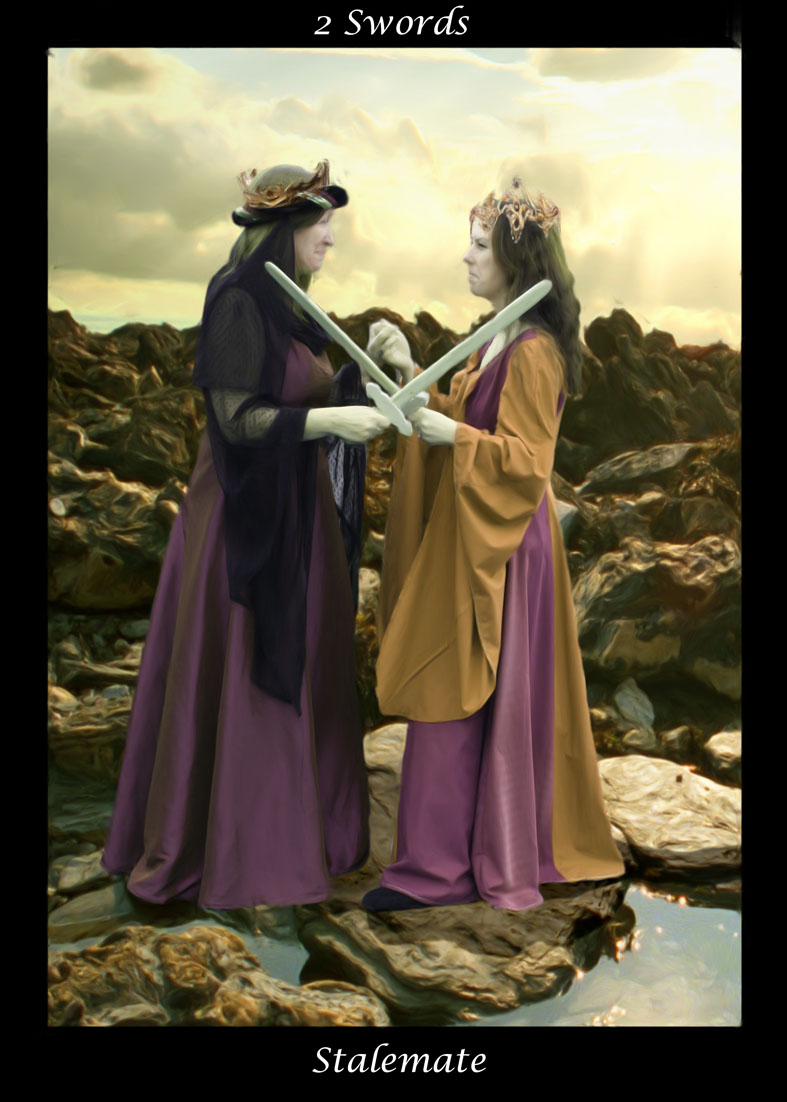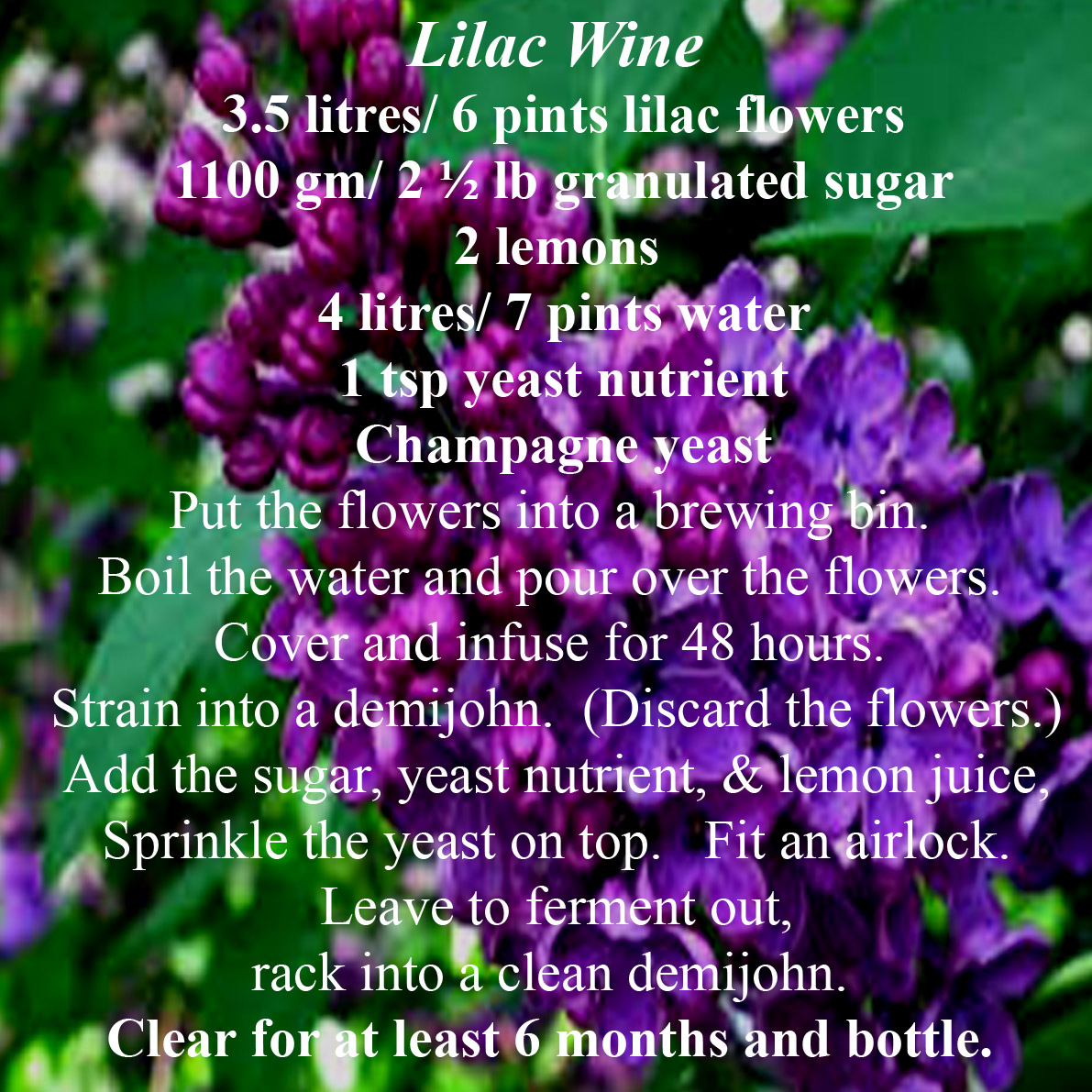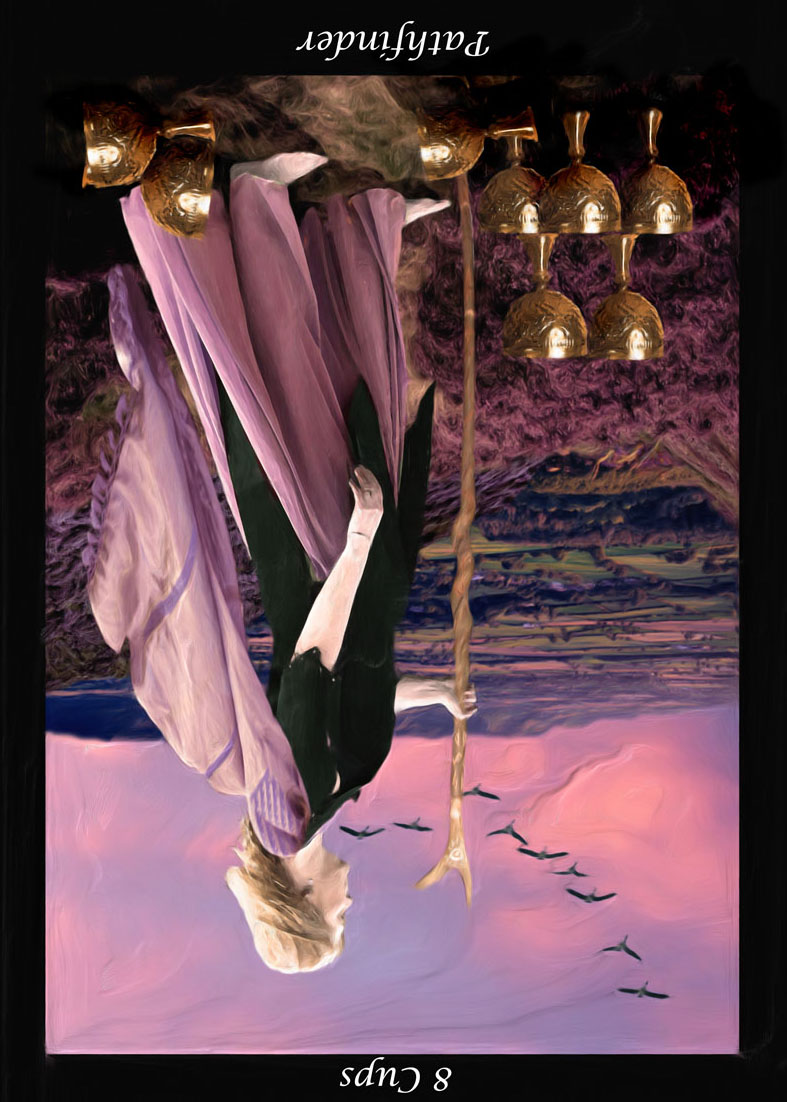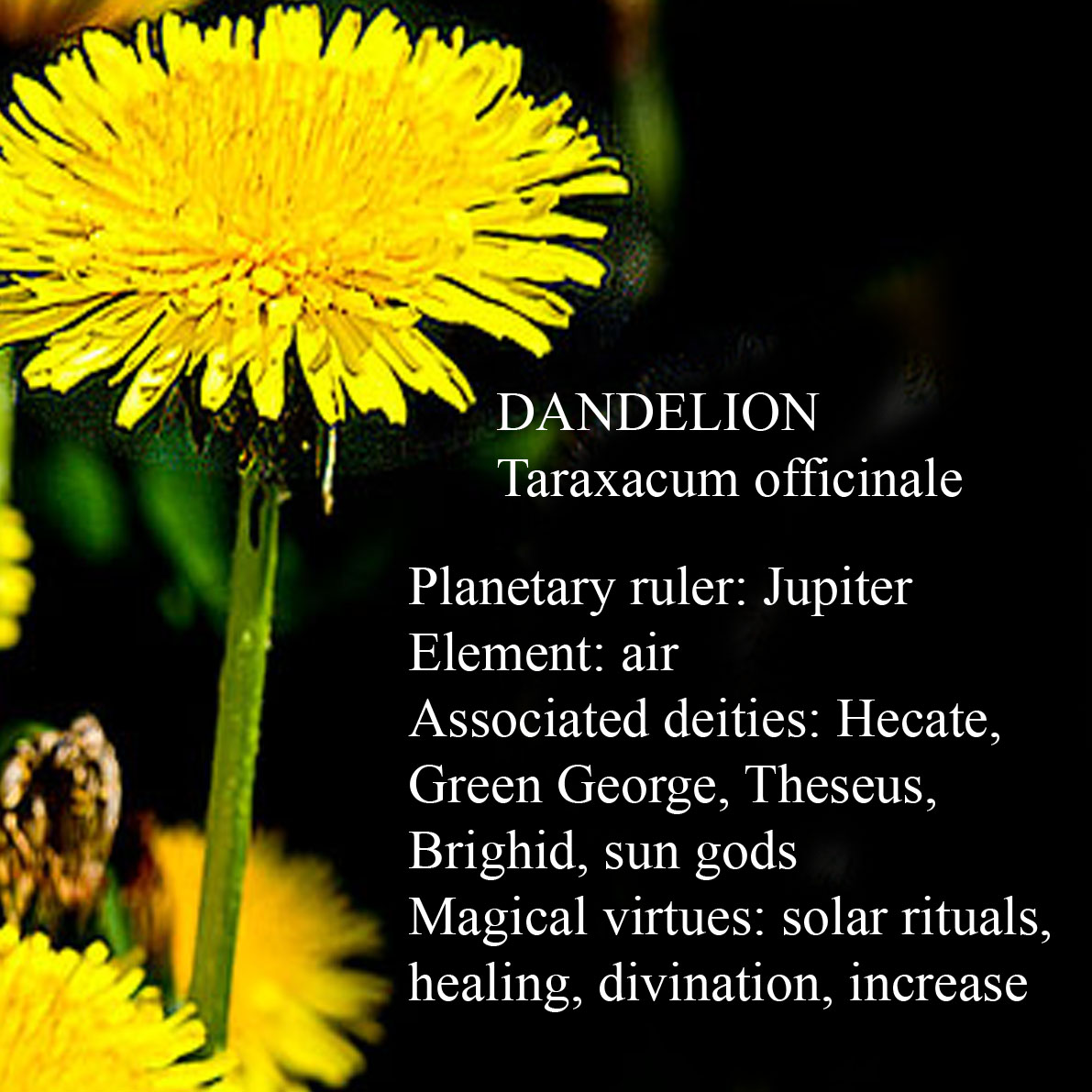The extended hours of daylight are very noticeable here by May, and the weather is getting much warmer, so the month has brought a full flush of fresh green growth and a plethora of wild flowers. All the hedgerows become white and fragrant with hawthorn blossoms, the grass in the fields is lush and tall, and the woodlands are carpeted with bluebells. It is a month of blue skies and cotton wool clouds, of bonfires, maypoles and May queens, of fairies and enchantments, of milk and honey, fledgling birds and the buzzing of the bees. In the solar calendar, May marks the real coming of summer, and all the folk customs and rituals of May reflect this.
The Romans called this month Maius, meaning ‘mother’ or ‘nursing mother’, named after the Greek Goddess Maia, the eldest of the Pleiades, one of the seven sisters represented by a bright cluster of stars in the constellation of Taurus the Bull. For the Romans, Maia embodied the concept of growth, as her name was thought to be related maius, maior meaning ‘larger’ or ‘greater’, identifying her with the Earth goddess Terra, and Bona Dea the Good Goddess. The Pleiades were important seasonal markers in the ancient world, rising heliacally (with the Sun at dawn) in early May, after being invisible for forty days, and again appearing on the western horizon at the beginning of November. This twofold division of the year, according to the position of the Pleiades, heralded the seasonal work on the land of planting and harvest, as well as safe summer sailing and the coming of the winter rains and storms, closing channels of navigation on the Mediterranean. [1] Indeed, the Pleiades were important seasonal markers in the cultures of both the northern and southern hemispheres. [2]
In England, the customs and games of May Day were called going ‘a-maying’ or ‘bringing in the May’ and reached their heights during the Middle Ages. There are records of towns and councils spending significant amounts of money on public celebrations. [3] Villagers would go out into the woods and fields to collect armfuls of flowers and greenery for decoration, a custom Kipling described in his poem A Tree Song:
Oh, do not tell the Priest our plight,
Or he would call it a sin;
But–we have been out in the woods all night,
A-conjuring Summer in!
And we bring you news by word of mouth-
Good news for cattle and corn–
Now is the Sun come up from the South,
With Oak, and Ash, and Thorn! [4]
Maypoles, usually made of stripped birch trees, were cut and set up on the village green and hung with ribbons, ready for dancing. [5] Many communities elected a young girl to become the May Queen to preside over the festivities. Sometimes she was accompanied by a May King. In Elizabethan times, the king and queen were called Robin Hood and Maid Marian. There might be a Jack-in-the-Green, a man wearing a wicker cage covered in fresh greenery, to represent the opulent growth of the season. We can speculate that he is connected to the foliate heads (green men) found on architecture, and that he perhaps represented a vegetation or woodland spirit.
May Day bonfires blazed across the hilltops, and jumping the fire was thought to offer protection, blessing and fertility. Even the ashes of the fires had special powers, and were spread on the fields to protect them and bring fruitfulness. In Ireland, cows were driven through the ashes to guard them from the attentions of fairies. [6]
The Puritans were outraged at the immorality that often accompanied the drinking and dancing, and Oliver Cromwell’s Parliament banned maypoles altogether in 1644, describing them as “a heathenish vanity generally abused to superstition and wickedness”. [7] Condemning the custom of going out into the woods to feast and gather greenery, Christopher Featherstone declared “Men doe use commonly to run into woods in the night time, amongst maidens, to set bowers, in so much, as I have heard of ten maidens which went to set May, and nine of them came home with childe”. [8] Philip Stubbes complained that, of the girls who go into the woods, “not the least one of them comes home again undefiled”. [9]
The birth of summer obviously means the death of winter. Death and rebirth is a theme enacted in many seasonal mumming plays and in the May Day dance of the Padstow ‘Obby ‘Oss (hobby horse) in Cornwall, England. The evening before the dance, the village is decorated with green branches and flowers. The sinister black ‘Oss, led by the Teaser, parades through the town to the accompaniment of drum and accordion. Now and then the drum falls silent, and the ‘Oss gradually falls to the floor, only to rise again. At midnight the ‘Oss dies, only to be reborn again next summer.
As the death of winter takes place, so did many European festivals of the dead, in order to make a purification before the summer began. [10] For the Romans, May was generally an unlucky month, when marriage was forbidden. It was also the time of the Lemuria, a festival to placate the Lemures, the wandering spirits of the dead, which St. Augustine described as evil and restless manes that tormented and terrified the living. [11] The Lemuria was a three day festival (May 9, 11 and 13) when the head of the household rose at midnight and cast black beans behind him for them to feast on saying: “These I cast; with these beans I redeem me and mine”. This had to be said nine times, without looking back.
As the wheel of the year turns to summer, we honour the Goddess as the Flower Bride who seeks her groom, the Green Man, in the greenwood. Their passion and fire will bring in the summer and dispel the forces of winter and bane, and the Goddess will become the fertile Mother. Now is the time of growth, for the blossoming of the Earth, for warmth and celebration. So we kindle the Beltane fires, raise the maypole and dance!
© Anna Franklin, The Hearth Witch’s Year, Llewellyn, 2021
[1] Dr. E.C.Krupp, Beyond the Blue Horizon, Oxford University Press, Oxford, 1992
[2] Dr. E.C.Krupp, Beyond the Blue Horizon, Oxford University Press, Oxford, 1992
[3] Ronald Hutton, The Stations of the Sun: A History of the Ritual Year in Britain, Oxford University Press, 1996
[4] Online at http://www.kiplingsociety.co.uk/poems_treesong.htm, accessed 15.1.20
[5] Ronald Hutton, The Stations of the Sun: A History of the Ritual Year in Britain, Oxford University Press, 1996
[6] Whitley Stokes (ed.), John O’Donovan (trans.), Sanas Cormaic: Cormac’s Glossary, Irish Archaeological and Celtic Society, O.T. Cutter, 1868
[7] The Retrospective Review, Vol. VIII, Charles Baldwyn, London, 1823
[8] Quoted in Ronald Hutton, The Stations of the Sun: A History of the Ritual Year in Britain, Oxford University Press, 1996
[9] Quoted in Ronald Hutton, The Stations of the Sun: A History of the Ritual Year in Britain, Oxford University Press, 1996
[10] Ronald Hutton, Halloween? It’s more than trick or treat, https://www.theguardian.com/commentisfree/2014/oct/28/halloween-more-than-trick-or-treat-origins?fbclid=IwAR13rqBx10qclv4giBmWmYstGVhsyM9GxrOxP8Q8Jo7e0_j3zBs2xsZ0o6U, accessed
[11] St. Augustine, The City of God, 11.










